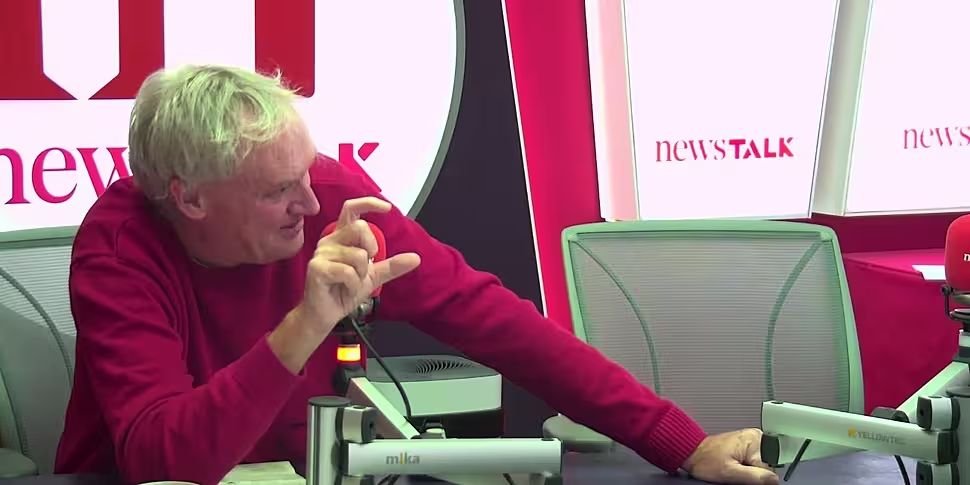Decades of research have shown how the immune system could treat cancer and remove tumours, according to immunologist Professor Luke O’Neill.
Speaking on Show Me the Science, Prof O’Neill explained immuno-oncology (IO) has advanced greatly in the past 15 to 20 years.
“You study the immune system in the context of cancer,” he said. “It’s been going on for decades.
Scientists are interested in the connection between immune systems and cancer.
“Back in the 1920s, Coley was working in the US and he realised people with bacterial infections who had cancer, for some of them, their cancer went away,” Prof O’Neill explained.
“What was happening there, he speculated, was the bacteria were driving the immune system hard and those immune troops managed to get to the tumour and kill it.”
Future attempts to see if bacterial infections can treat cancer failed however, as people’s immune systems went into overdrive and caused further diseases.
The immune system's 'off switch'
In 1996, Prof O’Neill said, scientist Jim Allison discovered you shouldn’t “switch on” the immune system to treat cancer, but rather prevent the immune system from “switching off”.
“It’s a bit like there’s a brake and an accelerator,” he said. “If you take your foot off the brake and you put your foot on the accelerator, the car will go forward.
“In other words, target the off mechanism.”
Dr Allison’s discovery created a “renaissance” in immunology as scientists sought to find a balance between letting the immune system kill tumours and not letting the immune system go into overdrive.
Prof O'Neill and immuno-oncology
Prof O’Neill himself has spent time researching the world of IO.
“[Dr Allison] was able to show in mice and melanoma – and my lab has this model where we work with collaborators – you can give mice melanoma and he was able to show if you block CTLA-four [the off-switch] in mice with melanoma and the melanoma completely melted away,” he said.
“This jumpstarted the effort in immuno-oncology.”
Further studies have demonstrated the tumour itself is aware of the immune system’s ability to kill it and therefore tries to turn the “off switch” itself.
CTLA-four is a “checkpoint” that prevents the immune system from crossing into the tumour and is, therefore, a key for scientists treating cancer.









